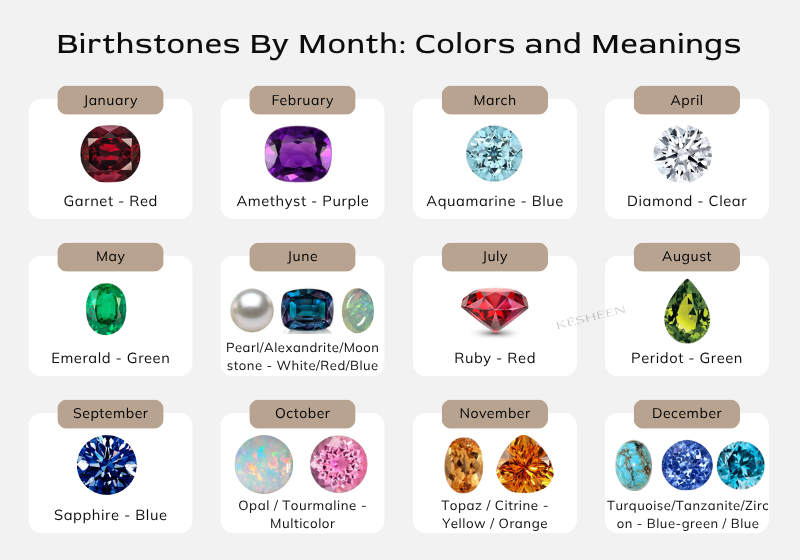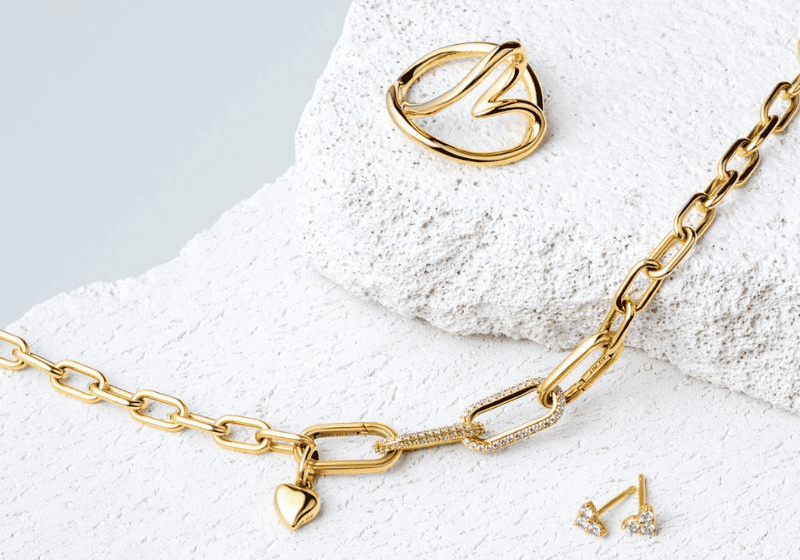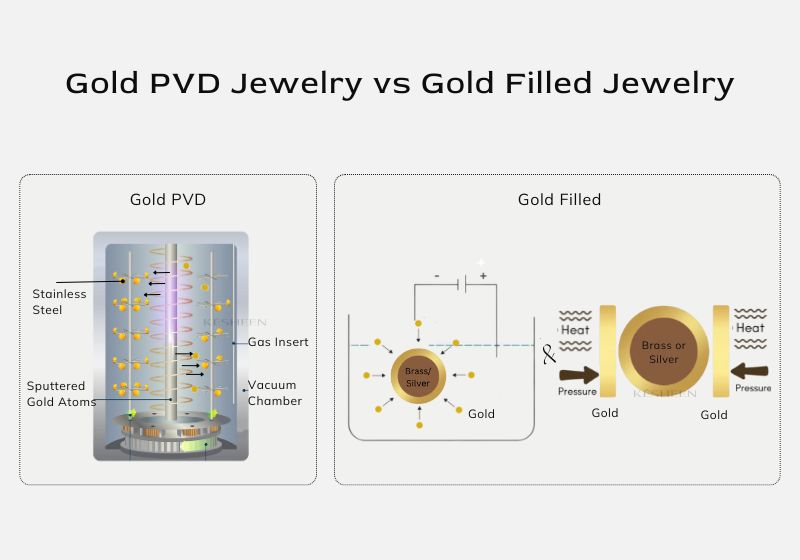For its durability and affordability, stainless steel jewelry is becoming increasingly popular in the fashion industry. Many manufacturers are using stainless steel for bold, inventive jewelry lines. However, like any material, stainless steel has its downsides. Our extensive look at the pros and cons of stainless steel jewelry will help you make an informed business decision.
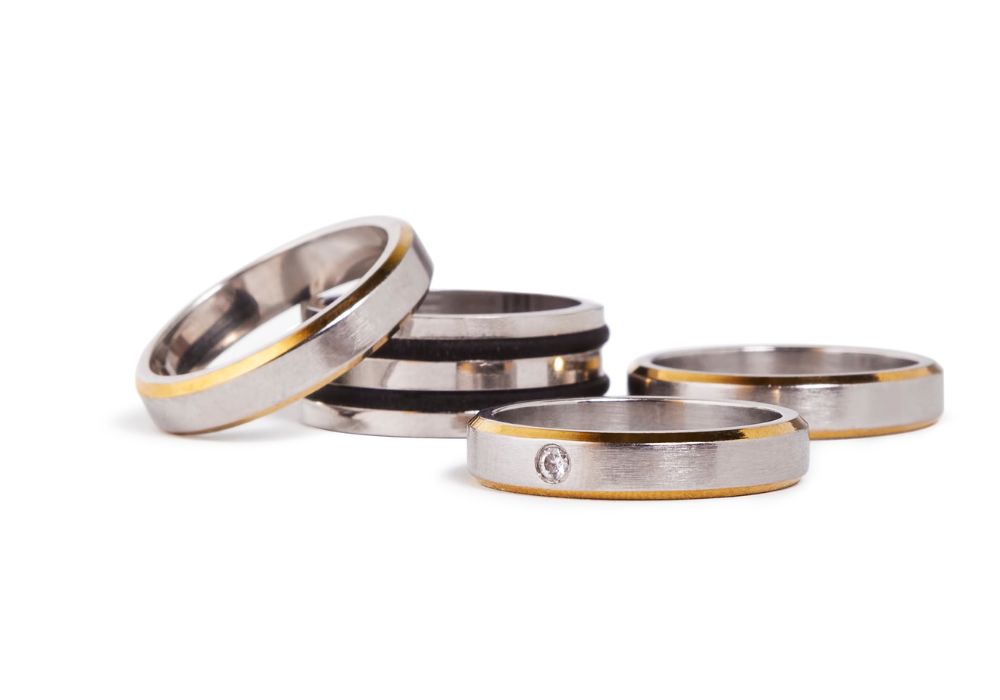
Stainless Steel, A Trend Taking Over the Jewelry World
Stainless steel jewelry is popular for its numerous qualities. Its durability against regular wear, heat, chemicals, and water makes it suitable for lifelong usage with minimum upkeep. Its robustness reduces returns for jewelers and retailers, but its affordability and adaptability allow for opulent creations that mirror platinum or white gold.
Modern production allows for bright finishes in distinctive hues, attracting younger, style-conscious buyers. The hypoallergenic characteristics of stainless steel (food grade and surgical) make it a popular choice for delicate skin, giving jewelers a specialized market. Those considering stainless steel as a material should first explore whether stainless steel is good for jewelry to understand its suitability for both brands and customers.
While durable, the material’s hardness makes elaborate patterns difficult for jewelers. Rigidity increases production time, which may delay collection launches. Despite these obstacles, stainless steel is a flexible, practical, and elegant solution for customers and jewelers seeking aesthetics, functionality, and sustainability.
For brands wondering if it’s a wise investment, explore our in-depth guide to learn why jewelry brands choose stainless steel jewelry.
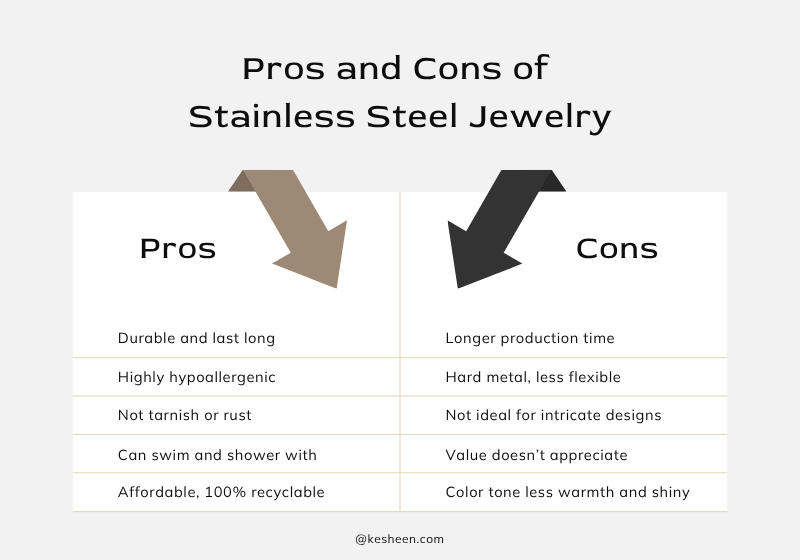
Pros of Stainless Steel Jewelry
For both buyers and jewelers, stainless steel jewelry is a great alternative because of its several advantages. Its attractive nature combined with its affordability and lastability is drawing customers to jewelers. Here is a closer view of the reasons stainless steel distinguishes itself.
SS Jewelry Lasts for a Long Time
The excellent durability of stainless steel jewelry is one of its main benefits. Stainless steel is robust enough to resist daily wear and tear, unlike weaker metals that could scratch, discolor, or bend. This lifetime promise of uncoated stainless steel jewelry that preserves its value and looks for a long time is an attractive proposition to customers.
For gold PVD coating stainless steel jewelry, it can last at least 2 years with proper care. To learn more, dive into our guide on how long does PVD gold jewelry last.
You can Swim and Shower in SS Jewelry
Is stainless steel jewelry waterproof enough? Yes, stainless steel is one of the best pool-safe and ocean-safe jewelry materials. Customers can swim, shower, and even exercise while wearing stainless steel as it is water-resistant, removing any rust and tarnish concerns. This quality makes it perfect for people who lead active lives or anybody looking for low-maintenance daily wearable jewelry. For a jeweler, this is a selling feature that can appeal to time-pressed consumers seeking simplicity without compromising design.
100% Recyclable
Stainless steel jewelry is a sustainable alternative for environmentally minded consumers. With almost a 100% recovery rate, it is completely recyclable, hence old items may be used almost without any waste. Encouragement of this feature will help your company to match the increasing need for eco-friendly items and draw ecologically sensitive consumers.
Highly Hypoallergenic
In our detailed guide discussing whether stainless steel is hypoallergenic and safe for sensitive skin, we conclude that those with delicate skin or metal allergies will find excellent choices in stainless steel jewelry. It is hypoallergenic like surgical steel for body piercing jewelry, making allergic reactions or skin irritation less common. This makes it a great substitute for less expensive alloys or materials like nickel. Emphasizing this quality will help you appeal to a market niche left out of conventional jewelry choices.
Flexible color options
There are more than just classic silver tones in stainless steel jewelry. Modern manufacturing processes like PVD plating provide vivid finishes in hues like rainbow, blue, and purple, providing consumers with a greater range to convey their style. Younger consumers and those seeking bright, modern designs may find especially enticing these unusual color choices. A stainless steel jewelry manufacturer offers pieces in striking colors that can help your collection to have a current and new edge.
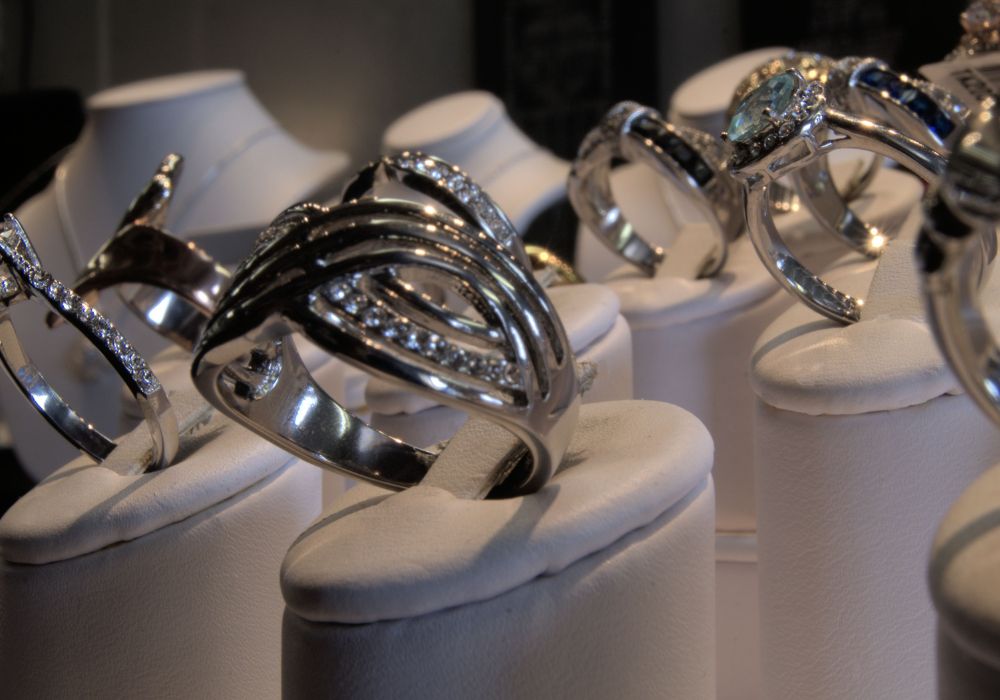
Cons of Stainless Steel Jewelry
While stainless steel boasts many benefits, it also has some disadvantages. Though small, these restrictions can affect the design process, manufacturing schedules, and general look of the finished goods. Some main difficulties with stainless steel jewelry are listed below.
Longer Production Time
The lengthier time stainless steel takes to create jewelry pieces is one of its primary drawbacks. In the stainless steel jewelry manufacturing process, the hardness of the material calls for specific tools and more work to shape, polish, and finish pieces. These challenges extend the production timeframes at least 1-3 weeks longer than those for softer metals like brass or silver. For jewelers, this can include careful planning to guarantee the timely introduction of collections.
Less Flexible
Although its hardness is great for endurance, stainless steel is less flexible than other metals. Its stiff and uncompromising character restricts the possibility of producing complex or very detailed designs. While gold or silver may be readily formed into intricate designs, stainless steel is better suited for simpler, more understated designs. When creating stainless steel items, jewelers must strike a compromise between their creative goals and the restrictions of the material.
Color Different
The plating color on stainless steel jewelry is generally dimmer compared to electroplating on metals like brass or silver. This is due to the nature of stainless steel’s surface, which doesn’t hold a highly reflective or polished plating as easily. Thankfully, the physical vapor deposition technology for stainless steel jewelry allows for more color options.
Key Takeaway
Stainless steel jewelry provides a great mix of durability, cost, and current design possibilities, making it an attractive option for many potential customers. Its hypoallergenic qualities, eco-friendliness, and vivid finish options, more than offset its lengthier manufacturing time, inflexible nature, and dimmer plating hues. Understanding both the advantages and drawbacks will help you to properly meet various consumer demands and increase their range of products.
FAQs
Not completely, but it is safe. Stainless steel does contain a small amount of nickel, but as long as the nickel release meets standards, it will not cause allergic reactions. To learn more, check our detailed guide on whether stainless steel is nickel-free and safe.
Yes. Stainless steel jewelry is strong and holds up well to daily use. It resists scratches and fading, making it a reliable choice for brands that want long-lasting pieces customers can wear every day.
Most high-quality stainless steel, like 316L, is safe for sensitive skin and rarely causes reactions. It has very low nickel release and is commonly used in medical and body-contact applications.
Yes. High-quality stainless steel, especially 316L, is safe for most people. It’s low-nickel and won’t irritate the skin when sourced from reliable suppliers, making it a safe choice for jewelry brands.
No. Stainless steel does not tarnish or turn skin green. If this happens, it’s usually from low-quality alloys or mixed metals. Using trusted 316L grades helps brands avoid customer complaints.

